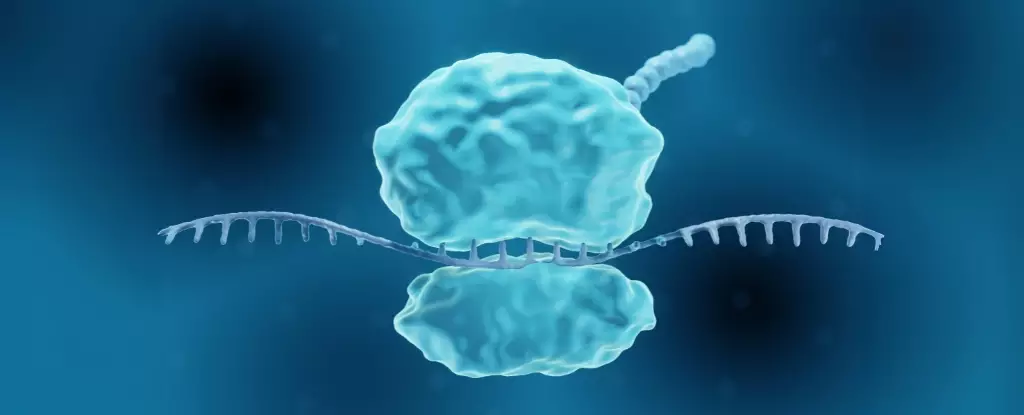In recent years, the scientific community has been captivated by a mysterious genetic anomaly that endows individuals with near-invulnerability to a broad spectrum of viruses. This isn’t just a fleeting curiosity—it’s a window into a future where pandemics might be thwarted before they even take hold. The key lies in a rare mutation affecting the interferon-stimulated gene 15 (ISG15), which paradoxically enhances the body’s ability to repel infections without succumbing to overwhelming inflammation. Unlike conventional vaccines tailored to specific pathogens, this biological phenomenon offers the tantalizing promise of a more universally applicable antiviral strategy. By understanding and harnessing this genetic superpower, researchers are on the cusp of reinventing how humans defend against viral threats.
The Science Behind the Resistance
The discovery of this natural immunity was born out of meticulous investigations into individuals who, despite frequent exposure to common childhood and adult illnesses such as measles, chickenpox, and mumps, seldom experienced severe symptoms. These individuals exhibited a persistent, low-grade inflammation—a subtle but consistent activation of their immune systems. Central to this resilience is a deficiency in ISG15, a gene that normally plays a role in modulating immune responses. Instead of allowing unchecked inflammation, these people maintain a delicate balance: their bodies keep virus-fighting proteins in a semi-activated state, providing a constant but controlled antiviral presence. It’s a hardwired form of “immune readiness,” which, if replicated, could serve as a blueprint for prophylactic therapies.
Translating Nature’s Blueprint into a Modern Therapy
Recognizing the potential of this natural phenomenon, scientists have embarked on efforts to mimic this perpetual antiviral alert in laboratory animals. Using cutting-edge mRNA technology—similar to what has revolutionized COVID-19 vaccines—they have crafted a short-term, targeted approach. The technique involves instructing cells to produce a set of ten specific antiviral proteins, which attack viruses on multiple fronts across their lifecycle. In mouse and hamster models, this method proved remarkably effective: upon exposure to SARS-CoV-2, the virally laden animals exhibited significantly reduced infections, illustrating the potential of this approach as a rapid-response shield.
Advantages and Limitations of a Short-Term Defense
While the results are promising, it’s crucial to recognize the limitations. The protective effect lasts only a few days—up to four in experimental settings—which, at first glance, might seem insufficient for widespread use. However, this short-term immunity could be invaluable for frontline workers or during the incubation period of emerging outbreaks. Unlike vaccines that target specific viruses, this method offers a broad-spectrum defense, making it especially useful when the pathogen isn’t yet identified. Nonetheless, translating these findings into human applications involves overcoming significant hurdles, particularly in delivering the mRNA safely and effectively into human cells.
Looking Ahead: Challenges and Opportunities
The road from laboratory success to real-world implementation is fraught with challenges. Delivery remains the Achilles’ heel of nucleic acid therapies—finding safe, efficient, and targeted methods to introduce these instructions into human tissues is a complex task. Moreover, political and societal attitudes toward mRNA technology could influence the pace and acceptance of such innovations. Despite these obstacles, the potential impact is profound. Developing a platform that provides fleeting but potent protection against any virus could be a game-changer in pandemic preparedness, saving millions of lives during outbreaks of novel or mutating pathogens.
A Paradigm Shift in Pandemic Defense?
Ultimately, this research hints at a future where we leverage our innate biological defenses rather than solely relying on reactive measures like vaccines and antiviral drugs. With further refinement, the concept of inducing a temporary, broad-spectrum antiviral state could complement existing strategies, enabling humanity to stay a step ahead of evolving viruses. It’s a bold vision—one where our understanding of genetics informs a new era of immunity, transforming how societies respond to infectious disease threats, and reshaping the landscape of global health security.

